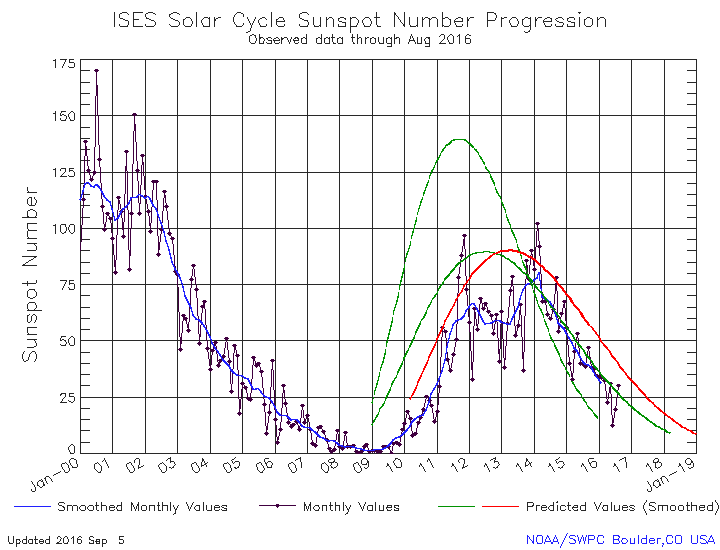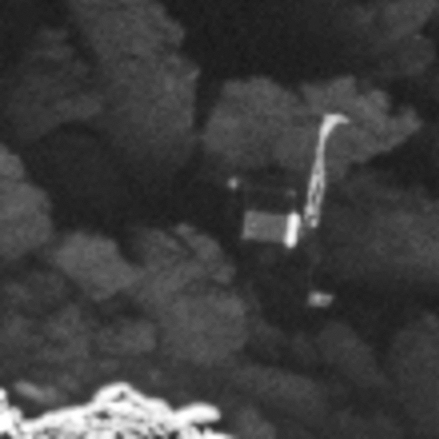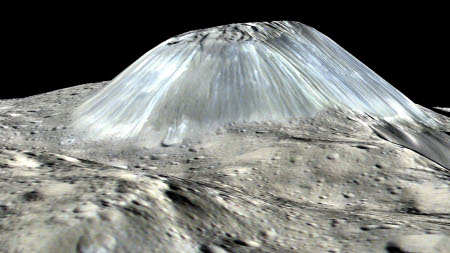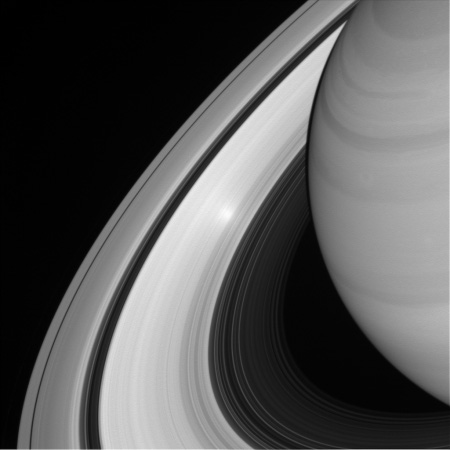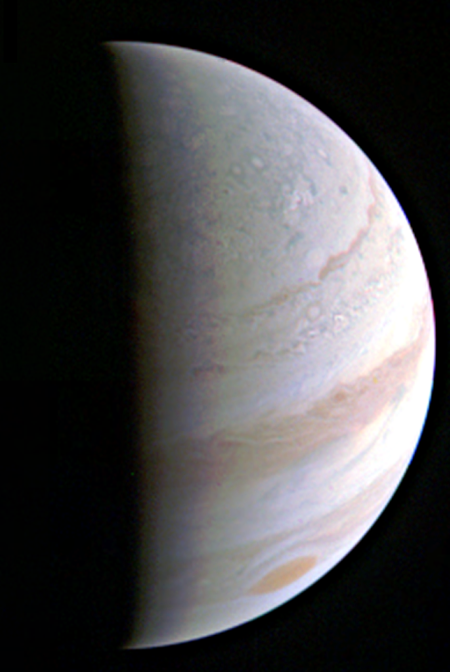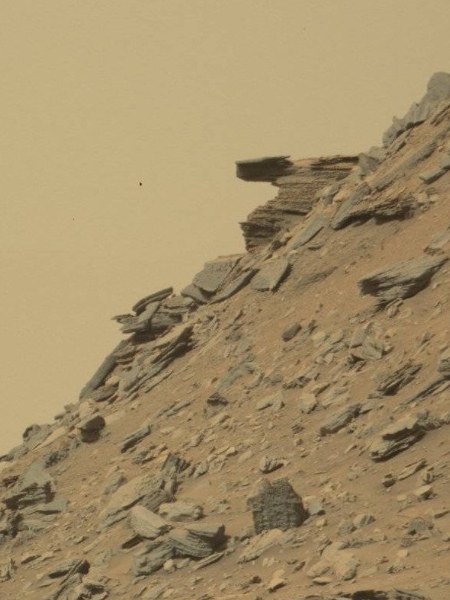The uncertainty of science: Despite predictions that global warming would destroy the world’s coral reefs, scientists as well as divers who visit the reefs regularly have found that they are instead thriving, with almost no damage.
[R]ecent research has shown some coral reefs are coming back to life much more quickly than scientists believed possible. Scientists found Coral Castles teeming with life during a 2015 dive, despite declaring the reef dead 13 years ago. “Everything looked just magnificent,” said Jan Witting, the dive’s lead scientist who works at the Sea Education Association, told The New York Times. “Last year, the whole place was holding its breath,” Witting said. “The whole ocean’s in bloom this year.”
Rangiroa lagoon in French Polynesia had rebounded just 15 years after being devastated by the incredibly strong 1998 El Nino warming event. “Our projections were completely wrong,” marine biologist Peter Mumby told BBC News in 2014. “Sometimes it is really nice to be proven wrong as a scientist, and this was a perfect example of that.”
These bad predictions, some as recently as April 2016, not only were not based on facts, they did serious harm to the tourist industry and the people who depend on it.
“Scientists had written off that entire northern section as a complete white-out,’’ Chris Eade, owner of the diving boat Spirit Of Freedom, told The Courier-Mail in an interview. “We expected the worst,” Eade said. “But it is tremendous condition, most of it is pristine, the rest is in full recovery. It shows the resilience of the reef.”
Eade said dire predictions about the demise of the Great Barrier Reef has hurt tourism businesses — a $5 billion industry. He’s particularly angry with scientists who estimated bleaching had hurt 93 percent of the Great Barrier Reef, mostly concentrated in the northern half. “Between 60 and 100 percent of corals are severely bleached on 316 reefs, nearly all in the northern half of the Reef,” Terry Hughes, the lead coral reef scientist at Australia’s James Cook University, said in April. Hughes’ research was based on aerial surveys of 911 reefs, and found 316 reefs were “severely bleached.” But that’s not what Eade and other reef tourist operators have observed taking people out for daily dives. [emphasis mine]
In other words, the scientist really didn’t look at the reefs. Instead, he took a quick distant survey and declared disaster, probably to promote the agenda of global warming.

